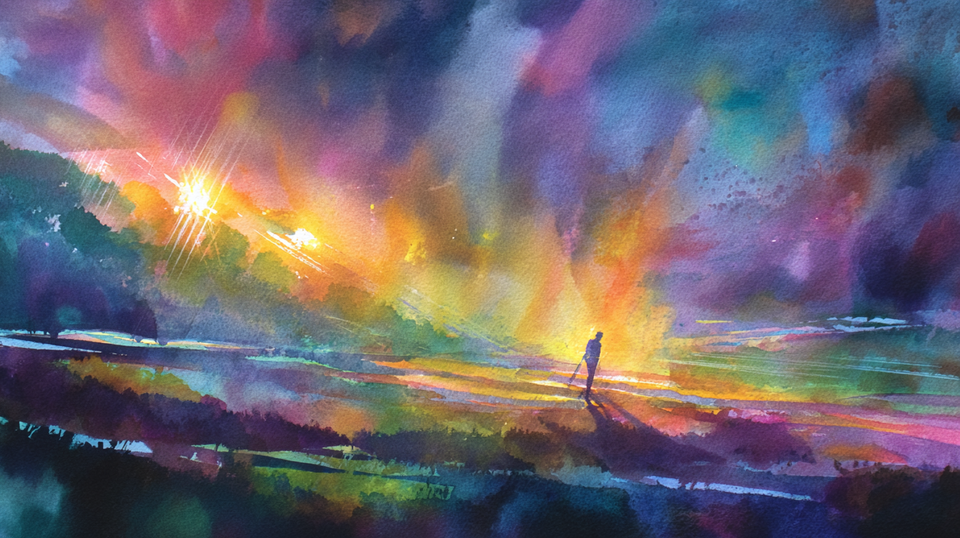The Sound of Stillness: The Place of Silence in Worship

We often fill worship with sound. Music, words, lyrics, movement, energy—everything conspires to create a sense of momentum. But sometimes the most powerful thing a worship leader can do is stop.
Silence is not emptiness. It is a space where hearts can catch up with God, where the Spirit can speak, and where people can reflect on the truth just declared. Silence gives the congregation a chance to internalize, to process, and to respond.
Here’s why it matters:
- It invites reflection. A well-placed pause allows worshippers to move from hearing to feeling. Truth becomes personal.
- It creates anticipation. People lean in when they sense that something is about to happen. Silence can make the next line or chord land with deeper weight.
- It models dependence. As leaders, silence reminds us and the congregation that it is not our performance that drives worship—it is God’s presence.
- It opens space for the Spirit. Sometimes God wants to speak between the notes, in the pause, or through a quiet prayer. Silence is the invitation.
- It shapes discipleship. Worship is not just about Sundays—it’s about forming hearts. Learning to sit in silence with God is a spiritual discipline that carries beyond the service.
Silence is not a lack of skill or courage. It is a choice. A weapon against distraction, noise, and shallow worship. As leaders, we are called not only to play notes and sing lyrics but to curate space where God can move.
Next time you lead, consider where silence can be your instrument. Sometimes the quietest moments make the loudest impact.




